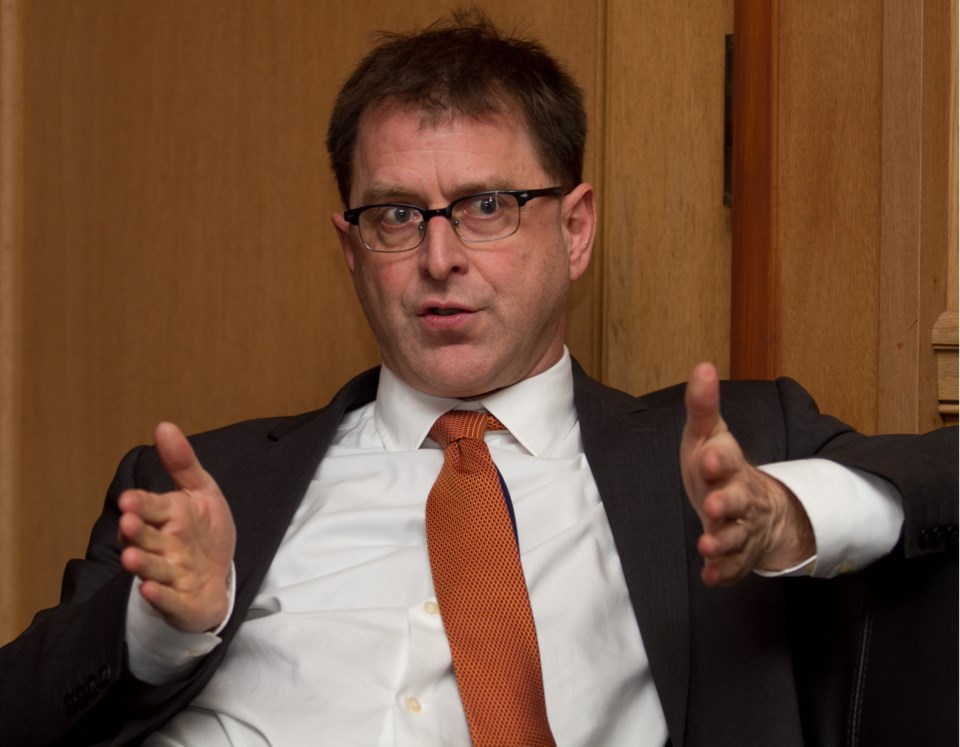The government should stop hiding its list of the publicly owned property it plans to sell to balance its budget, NDP leader Adrian Dix said Wednesday.
Dix called on Finance Minister Mike de Jong to give the public details on the 100 properties the government intends to sell in the 2013-14 budget.
“The question is, are these realistic proposals or not?” Dix said.
“The government doesn’t want to share that [list] and they wouldn’t share it last year or this year. It’d be nice to see it.”
De Jong’s $197-million surplus budget, tabled Tuesday, depends on the sale of $350 million in surplus assets in the next year.
The government’s budget provided a list of only 15 properties, including a parking lot near the legislature, property near Victoria General Hospital and an old school in North Saanich.
It’s unknown what other properties are up for sale, but the government has confirmed that land managed by the Provincial Capital Commission is part of the surplus.
The PCC manages $100 million in high-profile heritage properties, including the Belleville ferry terminal, CPR Steamship building, Inner Harbour waterfront properties and numerous heritage buildings.
De Jong was asked about the secrecy during a presentation to the Greater Victoria Chamber of Commerce on Wednesday.
He said his preference would have been to give the public a fully costed list of the 100 properties, but that he has been told it could negatively affect the sale prices.
“This is frustrating to me because I tend to be of the view that when public assets are involved or public dollars are involved, everybody should know everything,” he said.
“But I’m constantly cautioned … when you are marketing certain properties and assets, you have to be strategic about when they go on the market and the number that go on the market at one time in a particular area.”
After the speech, de Jong was quizzed about why his government continues to portray the asset sale as only two per cent of government’s $70-billion total holdings.
Many of those holdings would never be sold, and de Jong was asked whether the 100 properties represent all of the surplus assets the government currently has.
De Jong said the government is trying to sell off all of its surplus inventory in a responsible way.
“Not all of it is on the market presently, but we’ve identified 100 different properties, yes,” he said.
“There’s a clear choice: You can leave some of these properties vacant and out of use, or you can convert them and unleash the economic potential that they represent. We’ve chosen the latter.”



